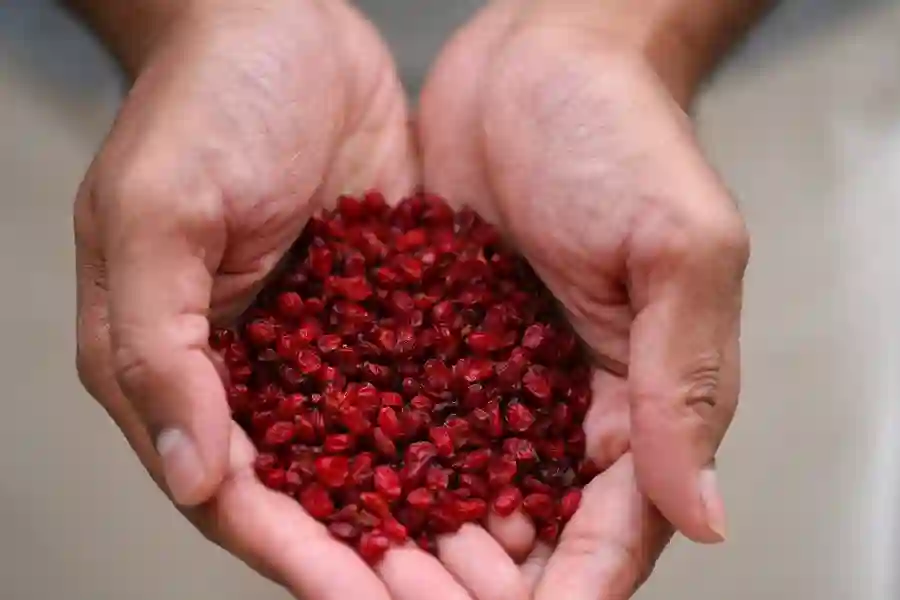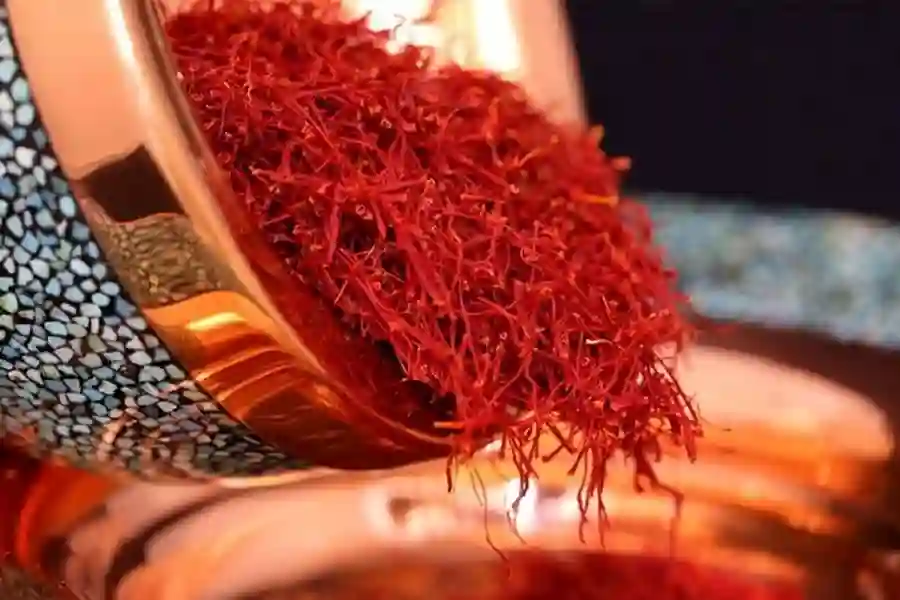Imagine a sun-kissed fruit, glowing with the warmth of Persian plains and carrying a flavor as rich as its history. The Iran Dried Apricot is not just a sweet treat; it is a golden opportunity for importers seeking a product that combines exceptional quality with high market demand. This article explores the unique characteristics of this delicacy, its market potential, and how you can successfully add it to your portfolio. For any business aiming to source premium dried fruits, understanding the value of the Iran Dried Apricot is the first step toward significant growth.
Unveiling the Golden Gem: What is Iran Dried Apricot?
The Iran Dried Apricot, locally known as “Qaisi,” is a celebrated delicacy derived from fresh, ripe apricots grown in Iran’s fertile regions. This fruit is distinguished by its vibrant orange hue, soft and chewy texture, and a beautifully balanced sweet-tart flavor profile. Unlike many alternatives on the market, the Iranian variety is prized for its natural taste, which is carefully preserved through specific drying techniques. For centuries, it has been a staple in Persian households and a valuable commodity along ancient trade routes, making it a product with a story as compelling as its taste.

The Rich History and Origin of Apricots in Iran
The story of the apricot is deeply woven into the agricultural tapestry of Iran. Historians believe that apricots have been cultivated in the region for thousands of years, flourishing in the sun-drenched climate and fertile soil. These fruits were more than just a source of food; they were symbols of summer and a key ingredient in traditional medicine and cuisine. The practice of drying apricots was developed as a natural way to preserve the harvest for the winter months, allowing their nutritional benefits and delightful flavor to be enjoyed year-round. This long-standing tradition ensures that the methods used today are perfected over generations.
From Fresh Fruit to Dried Delicacy: The Traditional Drying Process
The transformation of a plump, juicy apricot into a dried delicacy is a craft honed over centuries. The process begins with harvesting perfectly ripe apricots. Traditionally, the fruits were laid out on clean cloths under the direct sun, a method that naturally concentrates their sugars and flavors. While sun-drying is still practiced, modern methods often involve controlled dehydration, sometimes with the use of sulfur dioxide (SO2) to preserve the fruit’s bright color and extend its shelf life. This careful process ensures that each Iran Dried Apricot maintains its delightful chewiness and intense, honeyed flavor, making it a truly premium product.
The Distinctive Qualities of Iran Dried Apricot
What sets the Iran Dried Apricot apart from its global counterparts? The answer lies in a unique combination of terroir, cultivation practices, and inherent genetic qualities. Iranian apricots possess a naturally higher sugar content, which translates into a richer, more complex flavor profile without the need for added sweeteners. The country’s specific climate, with its hot, dry summers, is ideal for producing fruits that are both flavorful and perfectly suited for drying. These factors result in a final product that offers a superior sensory experience, making it a preferred choice for discerning consumers and businesses worldwide.

A Symphony of Flavor and Aroma: The Taste Profile
The taste of an Iran Dried Apricot is a memorable experience. It begins with a burst of concentrated sweetness, reminiscent of honey and caramel, which is perfectly balanced by a subtle, pleasant tartness that prevents it from being overly sugary. The texture is equally remarkable; it is soft, plump, and satisfyingly chewy, not tough or leathery. This velvety mouthfeel, combined with a faint floral aroma, makes it a luxurious snack on its own. For importers, this unique and consistent flavor profile is a key selling point that can easily capture the interest of new markets.
Nutritional Powerhouse: Health Benefits for Consumers
Beyond its delicious taste, the Iran Dried Apricot is packed with essential nutrients, making it a popular choice among health-conscious consumers. Its impressive nutritional profile is a significant marketing advantage for importers targeting the healthy snack industry. These dried fruits are a fantastic source of vitamins and minerals that contribute to overall well-being.
Key health benefits include:
- Rich in Vitamin A: Essential for good vision, a healthy immune system, and cell growth
- Excellent Source of Dietary Fiber: Promotes digestive health and helps maintain a feeling of fullness
- Packed with Antioxidants: Contains antioxidants like beta-carotene and other carotenoids, which help protect the body from oxidative stress
- Good Source of Potassium: A vital mineral that helps regulate fluid balance, muscle contractions, and nerve signals
Understanding the Different Grades and Varieties
For an importer, knowing the different types of Iran Dried Apricot available is crucial for targeting the right market segment. The product is typically graded based on size, color, and processing method. Sizes can range from small to jumbo, with larger fruits often commanding a higher price. Color is another key factor; sulfured apricots have a bright, vibrant orange appearance, while unsulfured varieties are darker, often brown, with a more intense, caramel-like flavor. Each type has its own appeal, allowing importers to cater to diverse consumer preferences, from natural food enthusiasts to commercial bakers.
Why Importing Iran Dried Apricot is a Smart Business Move?
For global food importers, identifying a product with high demand and strong profit potential is key. The Iran Dried Apricot checks all the right boxes, offering a unique combination of exceptional quality, market appeal, and financial viability. Its growing popularity is driven by a global shift towards healthier, natural food choices. As a result, adding this product to your import portfolio is not just an expansion; it’s a strategic decision that aligns with modern consumer trends and opens up new avenues for revenue growth and market leadership in the specialty foods sector.

High Market Demand and Growing Global Trends
The demand for natural and healthy snacks is on the rise, and dried fruits are at the forefront of this movement. Consumers are actively seeking out nutritious alternatives to processed snacks, and the Iran Dried Apricot fits this need perfectly. It is a whole, unprocessed food that delivers both flavor and function. This trend is not limited to one region; it’s a global phenomenon. As part of the broader trend for Persian dried fruits, apricots are gaining significant traction in European, Asian, and Middle Eastern markets, creating a stable and expanding customer base for importers.
Competitive Pricing and High-Profit Margins
Iran’s favorable climate and extensive agricultural expertise lead to abundant apricot harvests each year. This large-scale production allows for highly competitive pricing without compromising on quality. For importers, this means the ability to source a premium product at a cost-effective rate, which directly translates into healthier profit margins. By sourcing Iran Dried Apricot directly from a reliable supplier, you can bypass unnecessary intermediaries, further enhancing your profitability and giving you a competitive edge in your local market. This financial advantage makes it an attractive product for both established and emerging businesses.
Versatility in Use: From Snacking to Culinary Applications
The incredible versatility of the Iran Dried Apricot is another major reason for its commercial appeal. It is not limited to being just a snack. Its unique flavor and texture make it a valuable ingredient in a wide range of food products, expanding its marketability across different sectors of the food industry. This flexibility allows importers to supply to a diverse clientele.
Some of its popular applications include:
- Direct-to-consumer snack packs: Sold as a healthy, on-the-go snack
- Ingredient in trail mixes and cereals: Adds natural sweetness and a chewy texture to breakfast foods and granola bars
- Component in baked goods: Used in cakes, muffins, breads, and pastries for flavor and moisture
- Addition to savory dishes: Complements savory stews, tagines, and rice dishes in Middle Eastern and Mediterranean cuisine
Navigating the Import Process of an Iran Dried Apricot Shipment
Successfully importing any food product requires careful attention to logistics, quality control, and documentation. While the process may seem complex, partnering with an experienced exporter can simplify every step, ensuring a smooth and efficient transaction. Understanding the key aspects of the import journey, from quality certifications to packaging options, will empower you to make informed decisions and secure a high-quality shipment of Iran Dried Apricot. This knowledge protects your investment and guarantees that the product arriving at your warehouse meets your exact specifications and quality standards.

Key Quality Certifications and Standards to Look For
When sourcing Iran Dried Apricot, ensuring the product meets international quality standards is non-negotiable. Reputable suppliers should be able to provide documentation for key certifications that guarantee food safety and quality management. Look for certifications such as ISO 9001 (for quality management) and HACCP (Hazard Analysis and Critical Control Points), which is a critical standard for food safety. These certifications demonstrate a supplier’s commitment to producing a safe, clean, and high-quality product, giving you and your customers peace of mind and facilitating smoother customs clearance in your home country.
Packaging and Shipping: Ensuring Product Integrity
Proper packaging is essential for preserving the quality, freshness, and shelf life of the Iran Dried Apricot during its journey from Iran to your destination. Suppliers typically offer a range of packaging options to suit different needs. These include bulk packaging, such as 5kg or 10kg cartons, which is ideal for food manufacturers or repackagers. Retail-ready packaging is also available for direct sale. Regardless of the type, the packaging must be robust and properly sealed to protect the apricots from moisture, contamination, and pests, ensuring the product arrives in perfect condition.
Your Gateway to Premium Apricots: Partner with Tehran Offers
The Iran Dried Apricot offers a golden opportunity to enrich your product line with a high-demand, profitable, and delicious item. From its rich history to its versatile applications, it stands out as a premium choice in the global market. At Tehran Offers, we bridge the gap between Iran’s finest producers and global importers like you. We handle the complexities of sourcing, quality assurance, and logistics, ensuring you receive a superior product seamlessly. Let our expertise work for you. Contact us today to request a sample or get a personalized quote.
Frequently Asked Questions
What is the best time to source Iran Dried Apricot?
The apricot harvest is in late spring. Therefore, the freshest new crop of dried apricots becomes available starting from the early summer months, which is the ideal time to place orders for the highest quality product.
What’s the difference between sulfured and unsulfured apricots?
Sulfured apricots are treated to retain their bright orange color and have a longer shelf life. Unsulfured apricots are naturally sun-dried, resulting in a darker, brownish color and a richer, more caramel-like flavor.
What is the minimum order quantity (MOQ) for import?
MOQs can vary depending on the supplier and product specifications. At Tehran Offers, we work with our clients to find flexible solutions that fit their business needs. Please contact us for specific details on your order.













Join The Discussion